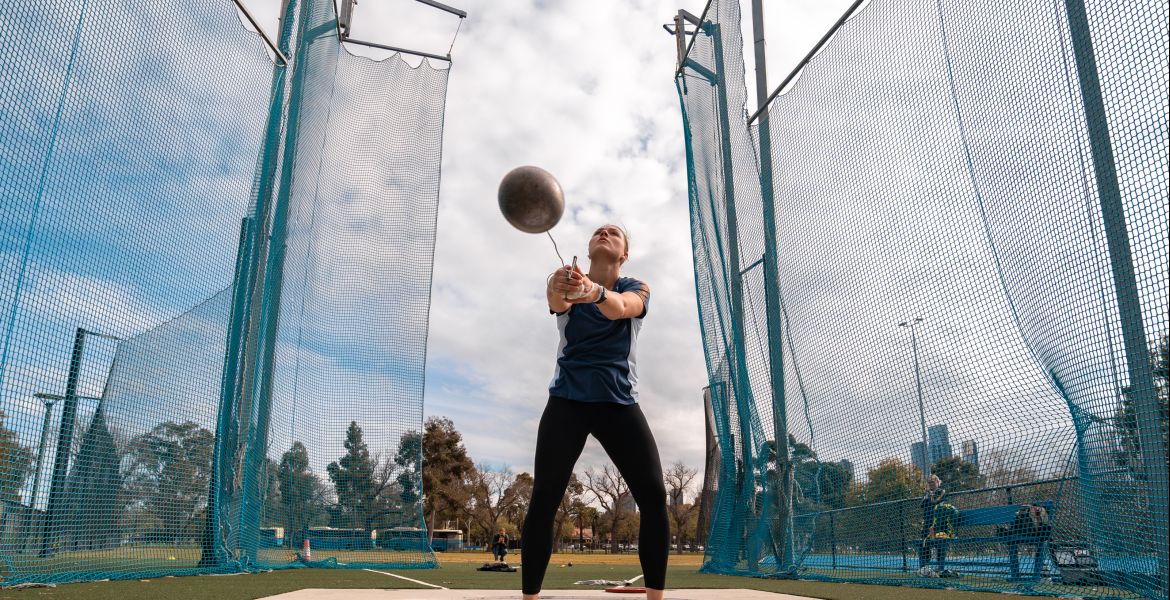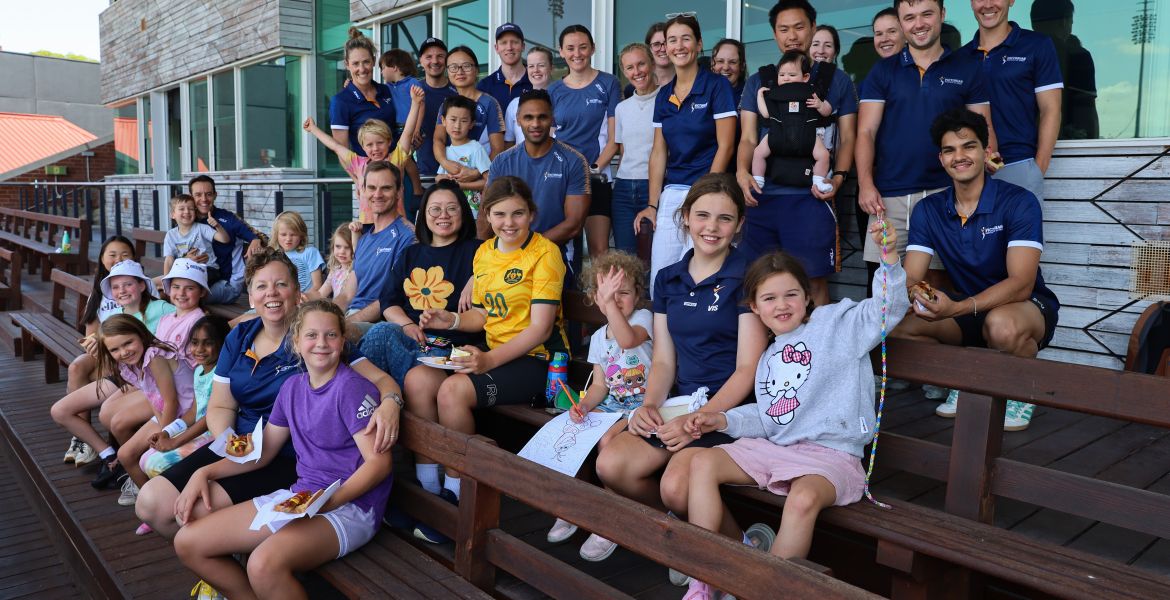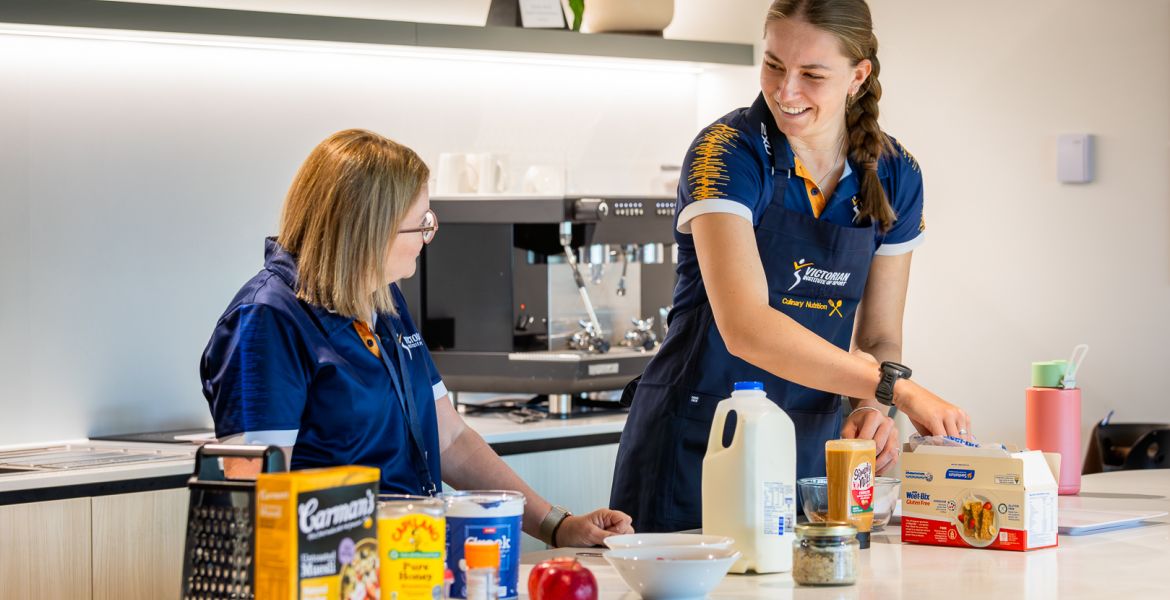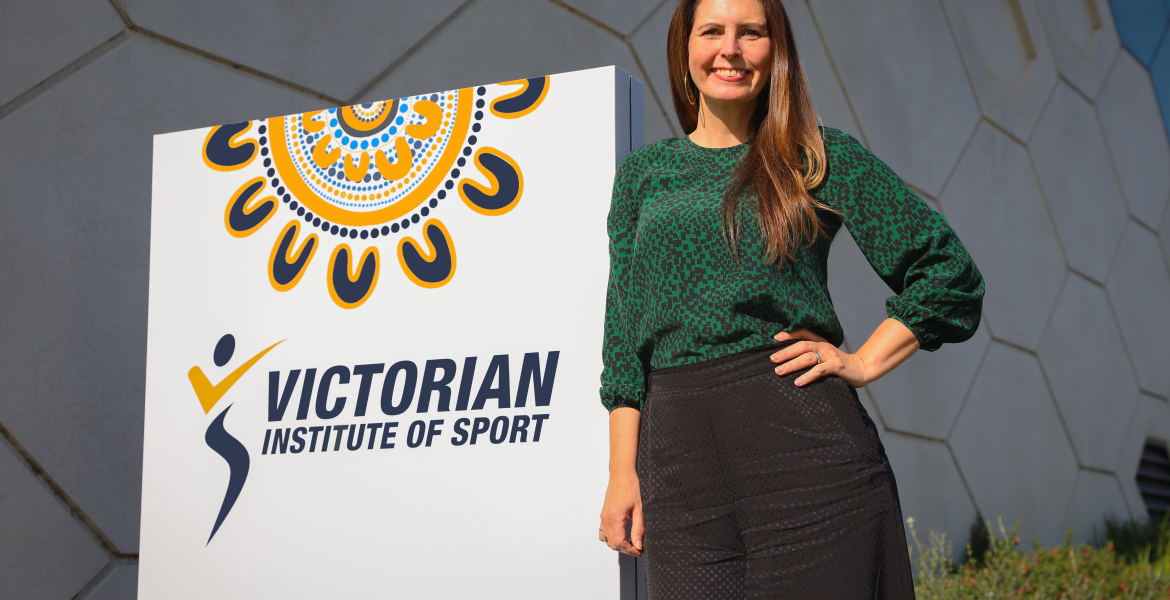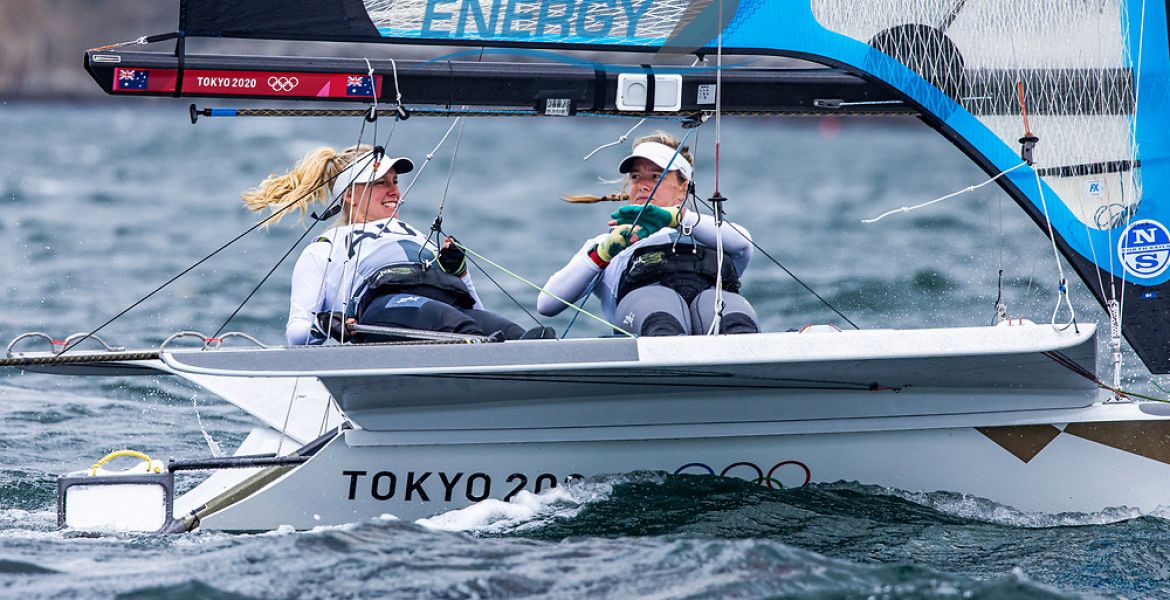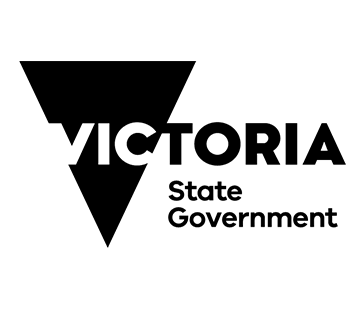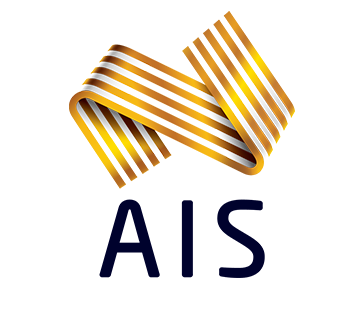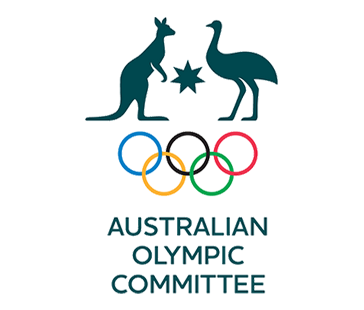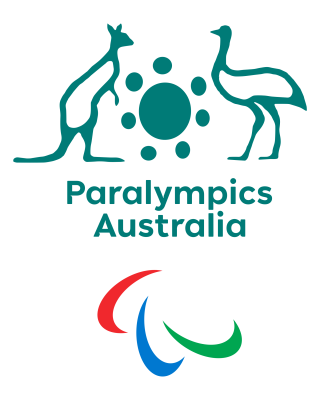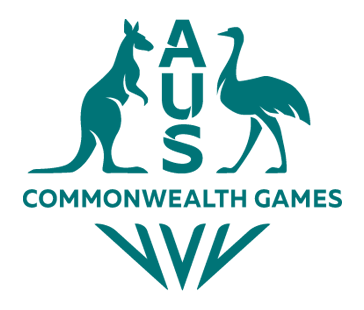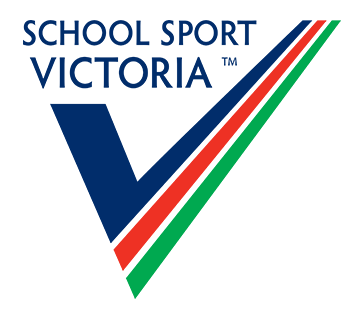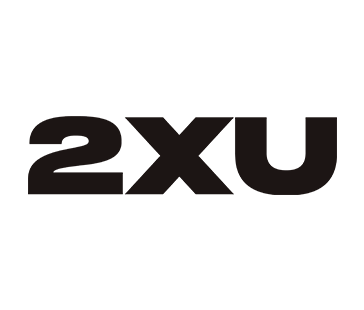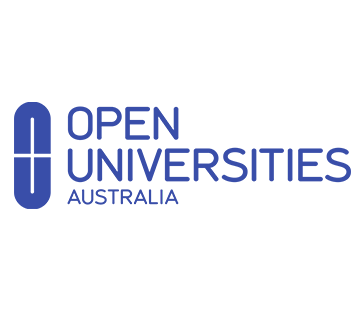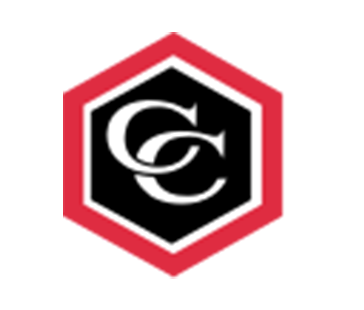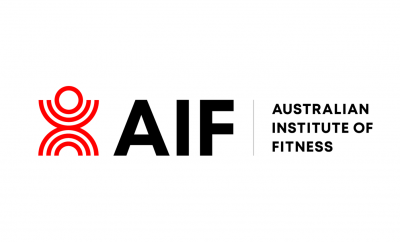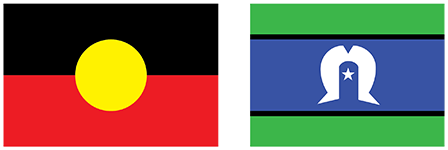Tor has been at the VIS for well over 5 years and has worked with some of Swimming’s biggest names during her time, including Rio gold medallist, Mack Horton.
How were you able to still service athletes from home?
ET: The focus of servicing has changed. A lot of the servicing is now done behind the scenes. So while I am not having direct contact with the athletes I am still having a direct impact on what they do during this time. This is done through working closely with strength and conditioning and the physio, working with their coach to plan what the next season will look like and by completing projects that will affect how we service after lockdown. I have also been getting a lot of professional development in for myself, so that I can come back a better service provider.
How are you able to perform testing on athletes without them being at the VIS?
ET: Testing has taken a back seat for now as it was not a priority during this time. This time was more about maintaining a baseline fitness, maintaining some feel for the water and finding ways to be skilful without doing the skill in the water.
Has the isolation period had any benefits for the athletes from a biomechanics point of view?
ET: It has given us time to reflect on the past season so that we can learn and tweak different things for the new season. We have essentially gone back in time and get a 2nd run at the Olympics, so it’s about learning from what we did in the previous prep and tweaking what we need to make it better.
Have you been able to use some of this time to complete extra research?
ET: Yes. I have 2 PhD students and 3 practical students and we have been busy churning through old data. I’m working on a breaststroke timing project at the moment that is pretty cool and also working on analysing tethered swimming data we have collected over a few seasons.
For more immediate feedback, Strength and Conditioning Coach Jono Wallace Smith and I have been working with Data Scientist Richard Little on a new swimming testing dashboard to help with servicing in the future.
For the swimmers I have also put together a long list of drills and skills they could do in a small pool. We have discussed race modelling, which is about knowing exactly what each athlete needs to do in order to achieve their goal time.
We have also gone over race analysis reflections where we have gotten the athletes input on their favourite races.
How have you ensured that the swimmers have remained in shape, with no access to the pool?
ET: From a biomechanics point of view we have tried to think of ways they can still be in contact with the water without being in a pool so they have been doing open water swimming, back yard pool swimming, tethered swimming, board paddling and kayaking.
For their skills I have worked very closely with the Strength and Conditioning coach and the Physio to ensure that the dryland and pilates programs match with what they need to work on in the water. This is so that when they do get back into full training they are in the best place possible to continue developing their technique.


